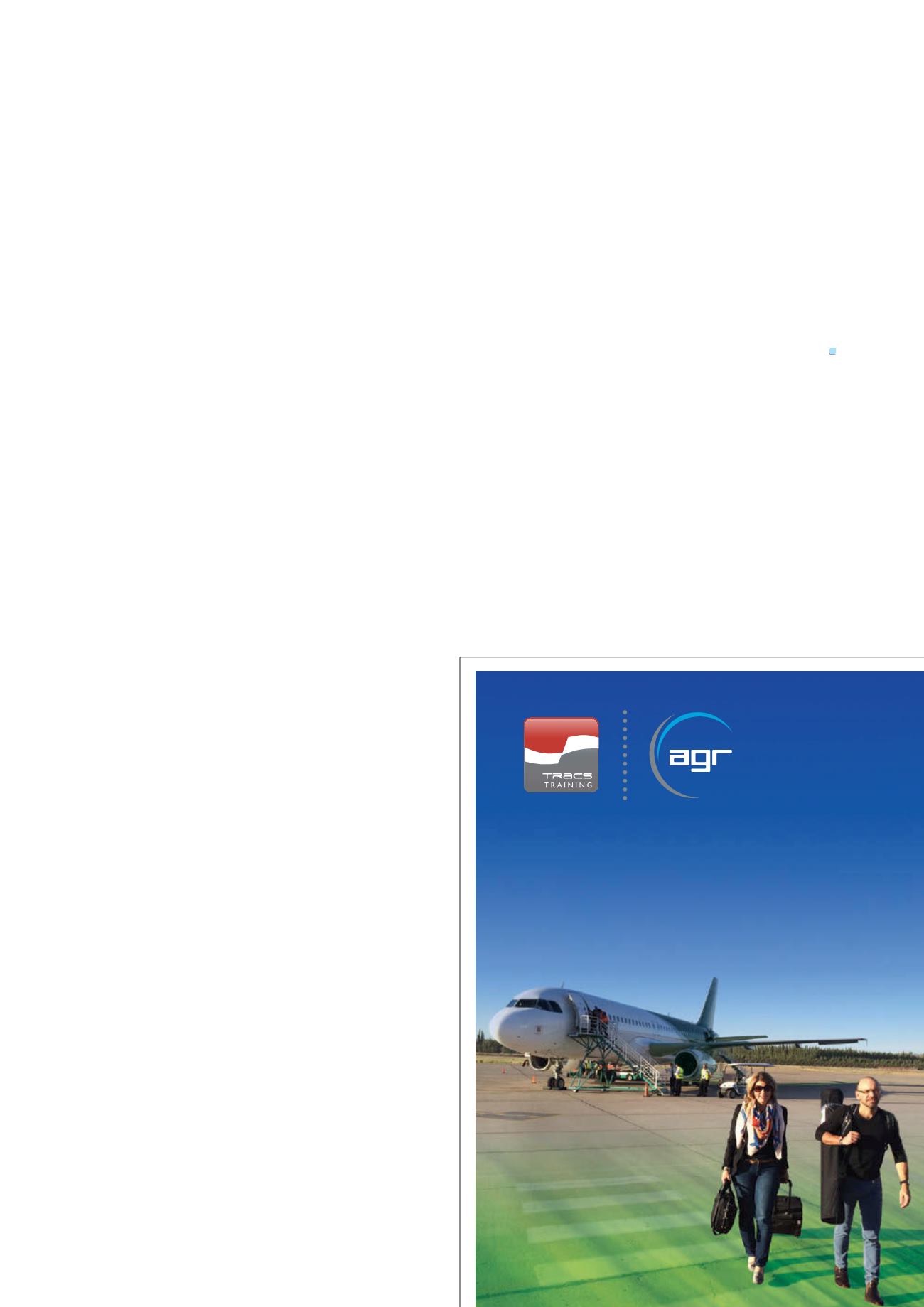
trials proved that any lateral could be re-accessed quickly and
efficiently once the lateral was scanned.
6
Casestudy
In February 2015, in the southern region of Saudi Arabia,
the 2 ⅛ in. multi-lateral intervention tool was run to access a
highly deviated, slim hole motherbore and several laterals. The
WHS and WUS in the sensor pack on the tool constantly scanned
the wellbore environment over a series of up and down passes to
identify the laterals’ depth and opening orientation, each lateral
occurring at a different depth and inclination. The sensors in the
multilateral intervention tool scanned the wellbore environment
while the software on the surface recorded and mapped
the location of the lateral, using depth and inclination as a
coordinate system. Once the mainbore was effectively mapped,
the tool returned to each lateral, entered it by using the SAS
oriented in the correct position, effectively deploying the PLT.
Sample graphs showing the depth vs inclination for two laterals
from this operation are provided in Figure 6, demonstrating
conclusively that both the laterals were entered.
The tool successfully deployed the PLT into lateral 5 for data
acquisition. After the lateral was logged, the tool was pulled out to
the mainbore where, using CT, it was pushed in the motherbore,
logging from depths to confirm its location.
From surface data, total production from this well was
estimated. The well was producing oil through a 4 ½ in. screen
assembly and overall had very low watercut. Although it had a low
water cut, this cased hole well provided an opportunity to capture
a base-line production log in a recently worked over environment
with this new technology.
Using the PLT, the data from the laterals was recorded
and production estimates made for each lateral respectively.
Pressure, temperature and fluid type were acquired over the
depth intervals. With this baseline log of the initial production
and the capability to reliably enter these laterals, the subsequent
production from the laterals can be monitored in the future. The
changes in this production profile over time will be interesting.
An increasing number of operations have been successfully
completed using this technology. These operations have
provided insights and information about the reservoirs and
lateral sections of these wells, information that previously was
unable to be gathered. This data can be used to enhance well
and reservoir production as well as improve overall reservoir and
field management.
Conclusions
Multilateral well construction has been on the rise as technology
to improve drilling and construction has developed rapidly over
the past decades. Proven to increase total production from a
single wellhead or well slot, decreasing total construction costs
and increasing ROI, multilaterals offer many advantages.
With the development of the multilateral intervention tool,
the technology exists to reliably and effectively re-enter the
lateral in order to acquire PLT data. This data can be used to
increase the understanding of the reservoir sections which the
lateral has entered. Uncertainties can be reduced in reserve
estimates and sweep efficiencies, production can be optimised
by the elimination of crossflows or producing below the
bubble point, and well placement can be improved upon for
future drilling. The multilateral intervention tool can effectively
be used by the operator to illuminate his well, field and reservoir
development strategies.
Next steps
Acquiring the PLT data, reliably and efficiently is a quantum leap
for improving the design and performance of multilaterals. But
invariably, if the PLT data demonstrates problems, such as very
high water production from one of the laterals, operators want
to know how they can fix it. Although not covered in this article,
the multilateral intervention tool is not limited to conveying just
PLTs. For example, a setting tool assembly could be run and a
plug set at depth in the lateral to provide water shut-off. Now that
laterals can be accessed reliably with e-line tools, many previously
impossible options become open for remedial intervention.
References
1.
Statoil,
/
Pages/04Sep_Smoerbukk.aspx, (September, 2015).
2.
‘Key Issues in Multilateral Technology’, Schlumberger,
Oilfield Review
,
(1998), pp. 14 - 28.
3.
Kuchuk, F. J., Onur, M., Hollaender, F., ‘Pressure Transient Formation and
Well Testing: Convolution, Deconvolution and Nonlinear Estimation’, Elsevier,
(August, 2010).
4.
Henni, A., ‘Saudi Aramco Wants Fields Fully Smart by 2017’, SPE News,
-
smart-by-2017, (June, 2017).
5.
EXPEC ARC Tests Downhole Tool,
Saudi Aramco News,
April 15, 2012 -
tool
6.
Noui-Mehidi, M. N., Saeed, A. S., Al-Khamees, H., & Farouk, M.,
‘Development and Field Trial of the Well-Lateral-Intervention Tool M’,
Society of Petroleum Engineers
. doi:10.2118/174095-PA, (April 1, 2015).
Tailored
Training
by AGR’s TRACS Training
High value,
low cost training
for teams.
Delivered direct
to you.


